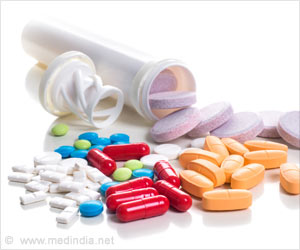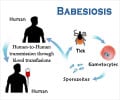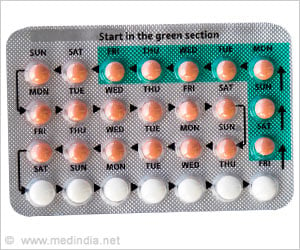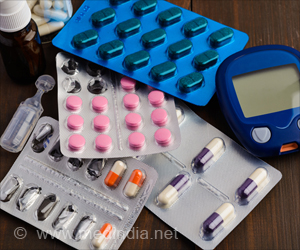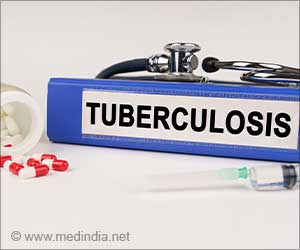Malaria is a mosquito-borne disease caused by Plasmodium parasites which invades the victim's red blood cells and destroy them.

‘The anti-malarial drug increases the cholesterol level and makes the parasite rigid making it difficult to pass through very small spaces in the bloodstream.’





There are several drugs under development that interrupt this life cycle, including a class of compounds discovered in 2014 by Akhil Vaidya, PhD, a professor at Drexel University College of Medicine. In their 2014 study, Vaidya and his research team found that these drugs increase levels of sodium within the parasites' cells, causing them to swell and erupt. However, in a new study, published recently in PLOS Pathogens, the researchers have revealed that this sodium increase actually triggers a more complex cascade of events, eventually changing the parasite's outer membrane and also tricking it into early reproduction, which renders the parasite inert.
"Nobody suspected something like this to be the mode of action," said Vaidya, who also directs Drexel's Center for Molecular Parasitology. "The mechanism is a lot more complicated and interesting than we originally thought."
In this study, the scientists focused on two small-molecule drugs, one of which is undergoing clinical trials. Despite very different molecular structures, both drugs initially increase sodium within the parasite and subsequently kill the pathogen. Until now, scientists have not understood why the increase in sodium concentration leads to the malaria parasite's demise.
To explore this question, the researchers first tested the properties of the Plasmodium plasma membrane - or the parasite's outer skin - before and after exposure to antimalarial drugs. The Plasmodium membrane is unusual, because it contains very low levels of cholesterol, a major lipid component of most other membranes, including those of human red blood cells.
Advertisement
The researchers used a cholesterol-dependent detergent to detect the presence of lipids in the parasite membrane. They found that indeed both drug treatments appeared to add a significant amount of cholesterol to the Plasmodium plasma membrane.
Just two hours after treatment, the scientists also saw that many of the parasites showed fragmented nuclei and interior membranes, which are the precursors to cell division. But these changes happened without any sign that the parasite's genome had multiplied - a step that is necessary for a cell to divide and survive.
The researchers hypothesize that sodium influx is a normal step during the malaria parasite's division. The antimalarial drugs prematurely induce this signaling event, and the parasite begins dividing before it should.
"The parasite is not ready to divide yet, so it can not survive. It is like premature delivery of an infant," Vaidya said. "This whole cascade of events is triggered by these drug treatments."
Malaria is the world's deadliest parasitic disease. It kills more than 300,000 people per year, according to the World Health Organization, and affects up to 300 million.
One of the biggest challenges for treating malaria is drug resistance. The drugs that are currently available are quickly losing their potency, so researchers are scrambling to develop stronger treatments.
By understanding exactly how new drug candidates stop malaria, Vaidya and his team aim to reveal more about the parasite's vulnerabilities. This, they hope, will eventually lead to the creation of more effective drugs against the disease. Vaidya noted that the best defense against malaria will always be a combination of treatments.
"We want to find the best ways to keep new drugs effective as long as we can," Vaidya said.
Source-Newswise



